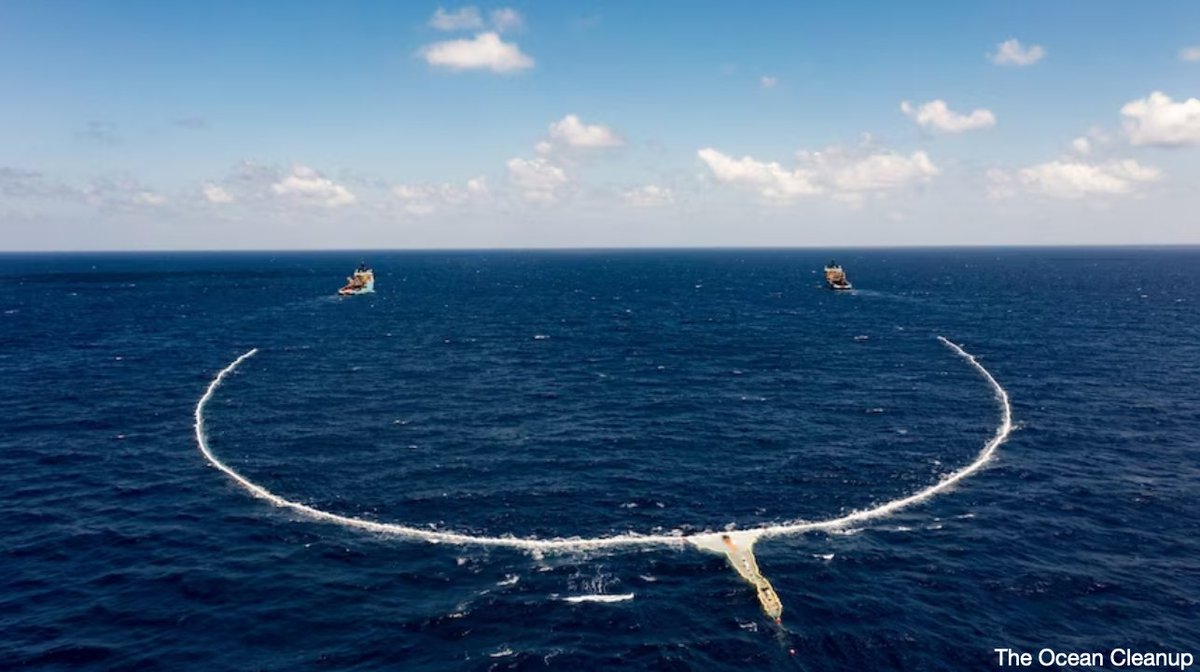A THREAD 🧵OF STUNNING JELLYFISH ART by Ilona Richter, from Anita Brinckmann-Voss's 1970 book on Mediterranean jellyfish...
#DailyJelly
#DailyJelly

Stunning jellyfish from the Gulf of Naples
Top: Jalithiara formosa
Middle: Pandes conica
Bottom: Neoturris pileata
Top: Jalithiara formosa
Middle: Pandes conica
Bottom: Neoturris pileata

Top-hat like jellyfish from Gulf of Naples
Top: Merga tergestina
Middle: Leuckartiara nobilis
Bottom: Merga galleri
Top: Merga tergestina
Middle: Leuckartiara nobilis
Bottom: Merga galleri

Even though they're animals, many jellyfish have lives similar to plants. Jellies are like mobile flowers, growing from plant-like young stages called hydroids.
Top: Kollikerina fasciculata jelly & hydroid
Bottom: Bougainvillia ramosa (you can see the round jelly buds)
Top: Kollikerina fasciculata jelly & hydroid
Bottom: Bougainvillia ramosa (you can see the round jelly buds)

Lizzia jellyfish, some species can clone themselves to make more jellyfish (In the picture in the middle, a clone is growing off the side of the red central mouth)... 

Top: Podocoryne jellyfish
Very bottom: Cytais terastyla jellyfish with finger-like fringes around its mouth
Very bottom: Cytais terastyla jellyfish with finger-like fringes around its mouth

Some jellyfish are fishers! This species has suction cups on one side of its tentacles for attaching to objects, and ball-like lures on the other side for catching prey. Species: Staurocladia portmanni... 

A showy end to the thread of jellyfish art by Ilona Richter, from Anita Brinckmann-Voss's increadible work on jellyfish of the Mediterranean.
Top: Vannuccia hydroid and jellyfish
Top: Acaulis ilonae hydroid
Top: Vannuccia hydroid and jellyfish
Top: Acaulis ilonae hydroid

• • •
Missing some Tweet in this thread? You can try to
force a refresh





















